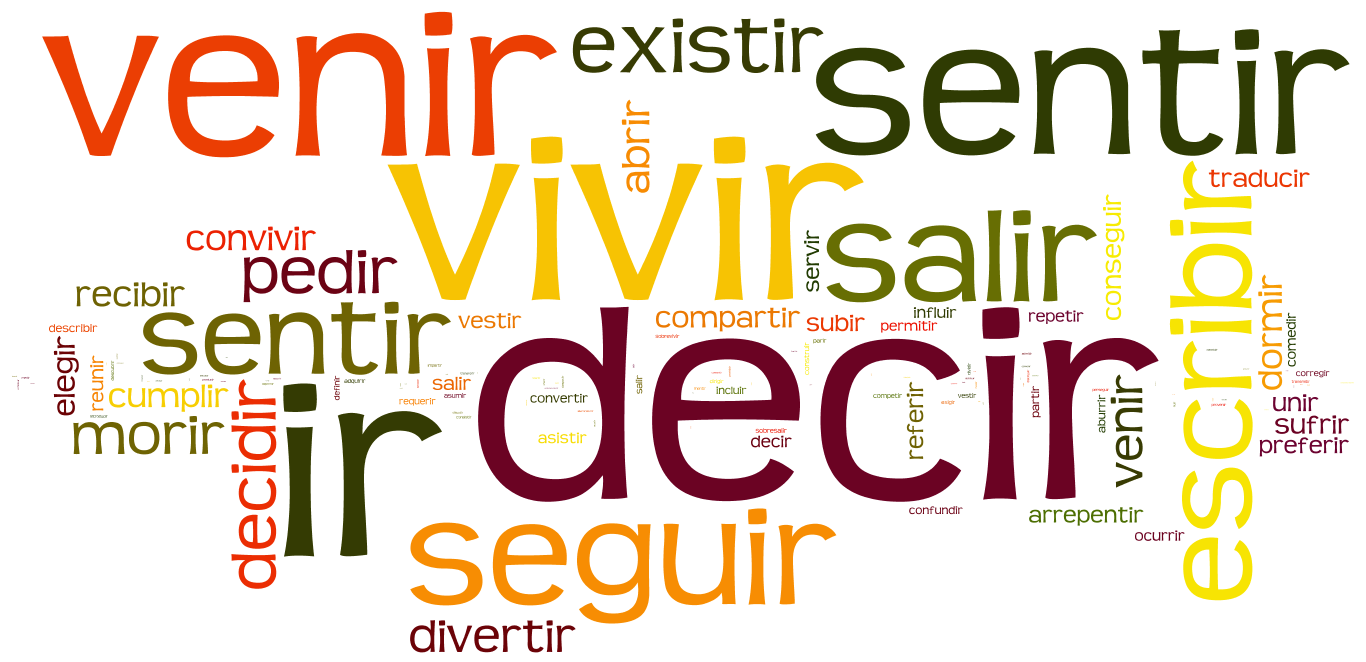

With this example, you could argue that the event of ‘not-knowing’ did have an end (right now). Here, the ‘not-knowing’ is the event, and it happened in the past because now in the present you do know. Imagine a good friend tells you that someone you know just got engaged. Here is an illustration that explains what I’m trying to say graphically. This type of scenario in the past signals that you need to use the Spanish past imperfect tense. In this second scenario, you can’t answer these questions because there isn’t a clearly defined start and end.

When was the first glass drunk? When was the last? How many glasses have been consumed? There are tens or hundreds or even thousands of glasses of water that were drunk. Now with this statement, there isn’t a single event anymore or a defined start and end. “When we were young, my mother used to make us drink a glass of water with dinner every night.” The “event” was me drinking a glass of water and it had a clearly defined start and end. Then from that statement, you know at 1:01 PM the event hadn’t started yet, and at 1:03 PM the event had finished. “Yesterday, I drank a glass of water at 1:02 PM.” The first and most critical distinction you have to make to understand the Spanish past imperfect is that some “events” in the past don’t have a clearly defined start or end.
IR VERBS PAST TENSE HOW TO
How to use the Spanish past imperfect tense But first, let’s see where and how you should use the past imperfect tense. Later, I’ll explain what I mean by ½ a verb. And here’s a hint of what’s to come: there are only 3 and ½ irregular verbs for the whole language!

I will also share with you what is awesome about irregular Spanish verbs in the past imperfect. In this post, you’ll learn how to use the Spanish past imperfect tense. There are, in fact, 7 past tenses in Spanish but I call the above tenses ‘the big 3’ because you only need to know these 3 tenses to be conversational in Spanish. The past imperfect tense is one of ‘the big 3’ Spanish past tenses including the present perfect and past preterite. This is particularly true when it comes to Spanish verbs in the past imperfect tense. You can reduce the workload by looking for patterns and common groups. But, there are ways to simplify the process. This makes learning irregular verbs a big task.


 0 kommentar(er)
0 kommentar(er)
